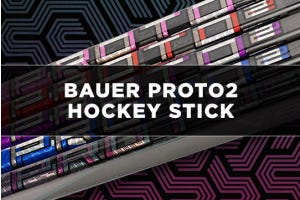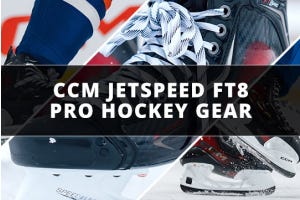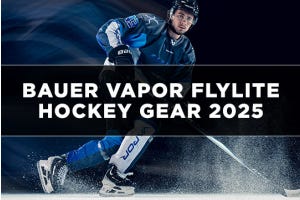Hockey Workouts: Routines & Exercises for Hockey Players

A hockey workout routine is crucial to hone your skills and prepare you for in-season play and performance. Proper form, consistency and attention to detail will keep you in optimum shape to help you endure long games.
Hockey players are faced with 30-80 second intervals with a 4-5 minute rest between shifts and usually consist of short, intense bouts of high speed skating and aggressive body contact. The intermittent nature of the sport means that endurance is an essential component to playing a great game. Add to all this the fact that players are skating, holding a stick and controlling the puck, and there’s no denying that hockey is in fact very physically challenging.
On average, players perform for 15-20 minutes of a 60-minute game, so a hockey training program should meet the demands of this physically challenging sport. To ensure you have what you need for training shop our select of workout shorts for men, women and youth; warmups for men and youth; and training footwear
Hockey Workout Routine Tips
Since hockey is such a physically demanding sport that requires both strength and endurance, exercise routines for hockey players are different than what some other athletes use to train. Let's take a look at a few tips to help you maximize the results of your hockey training program.
Tip 1: Focus on Explosive Movement
As we already noted, hockey is a game of short periods of acceleration and explosive movements, followed by quick rests. Given that the typical hockey shift is so short, players must give 110 percent for that little bit of time they’re on the ice each shift. This means a hockey player's workout should consist of power-exercises that mimic those short, intense shifts. It’s not like running a marathon or training to play for ten or fifteen consecutive minutes. Like their shifts, workouts should be targeted to prepare players for strenuous bursts of energy. Think of the difference between sprinting and long distance running. Players must train so they can explode for the short term, rather than conserve for the long run.
Tip 2: Core Power
Your core affects every part of your physical nature. From stability on the ice, to generating power for shots, the core may be the single most important muscle group that hockey players need to condition. Almost all movements in the sport of hockey require substantial core strength. Your balance, skating power, shooting, passing, checking and even absorbing hits all stem from your core. Any hockey player workout routine should pay close attention to core power and strength.
Tip 3: Legs, Legs, Legs
It’s no surprise that hockey is a lower body intensive sport. You generate power and balance from your legs, and they also allow you to build speed and accelerate on the ice. Including hockey workouts that improve leg strength can help you become a stronger, faster and more skilled skater. Getting as much power as possible in each stride may be what ultimately lets you beat another player to the puck. Your legs may also be the single reason you’re able to stay on your feet during heavy contact.
Hockey Workouts: Focus Areas & Exercises
Now that we've covered the most important areas of the body your hockey workout should target, we're going to delve into some specific types of workouts for hockey players and see how they can help prepare you to be physically ready for the intense competition you’re sure to face on the ice.
Cardio Training
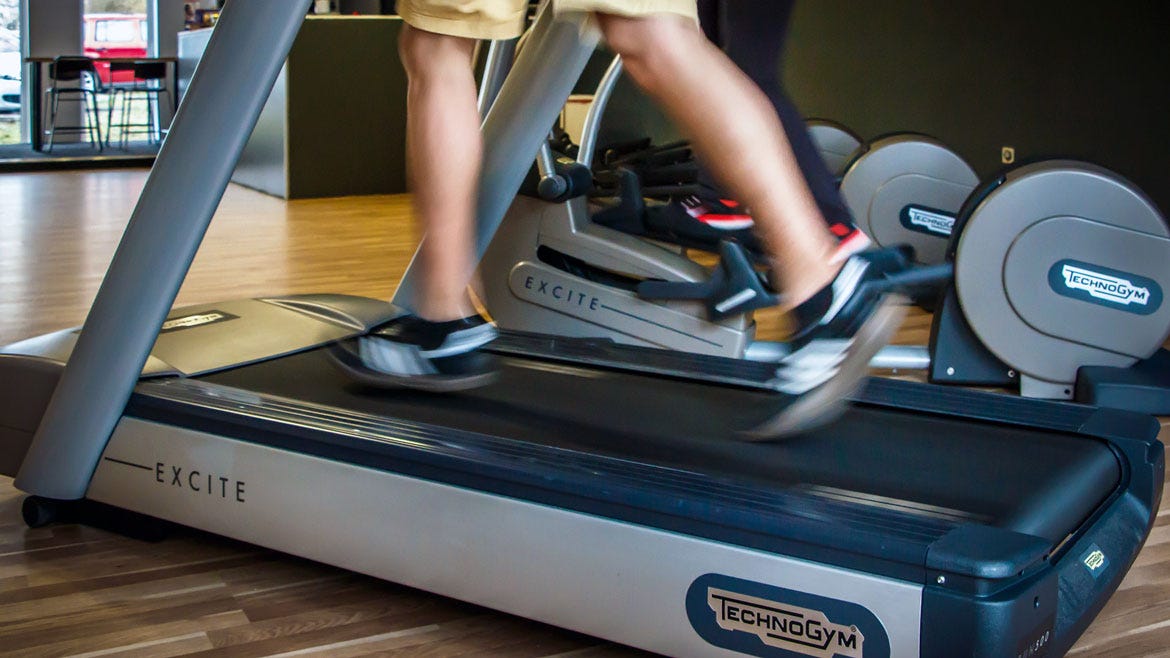
Cardiovascular exercises for hockey players come in two different varieties: aerobic and anaerobic.
Aerobic exercises involve accelerating your heart rate for extended periods of time. These are usually medium-intensity workouts that can be sustained at length without straining the body. Aerobic exercises improve long-term conditioning and stamina.
Anaerobic exercises, however, involve short, intense bursts of activity followed by moments of reduced action. Hockey games regularly include these short bursts when skating from zone to zone, chasing loose pucks or a multitude of other short yet concentrated moments of movement. No hockey players’ workout plan should ignore anaerobic exercise (you may know this as high intensity interval training, or HIIT).
Sample Exercises: sprints, shuttle runs, skating lines, interval treadmill training and rope skipping.
Weight Training
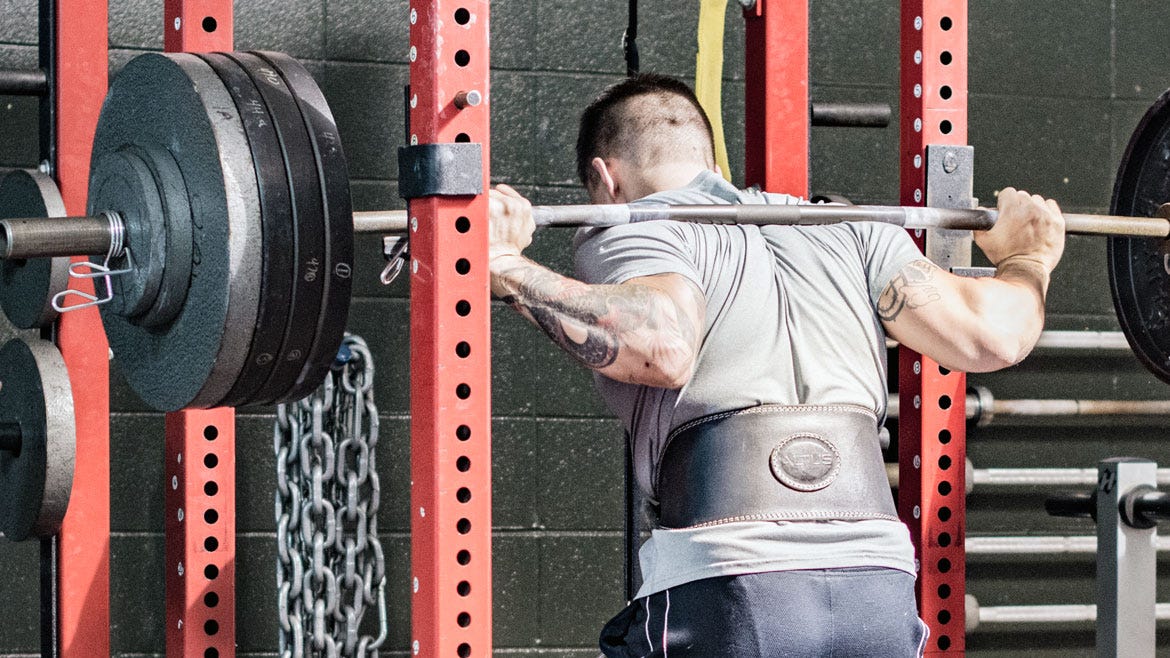
A hockey weightlifting program should be included in your workout routine to help improve your overall strength. Weightlifting programs should target multiple parts of your physique, not just your upper body. Building up strength and incorporating weightlifting into hockey-specific workouts will generally occur more heavily during the offseason, but that doesn’t mean you should completely neglect weight training during regular season play.
Sample Exercises: squats, deadlifts, lunges, barbell curls, triceps extensions and resistance rowing.
Balance & Stability
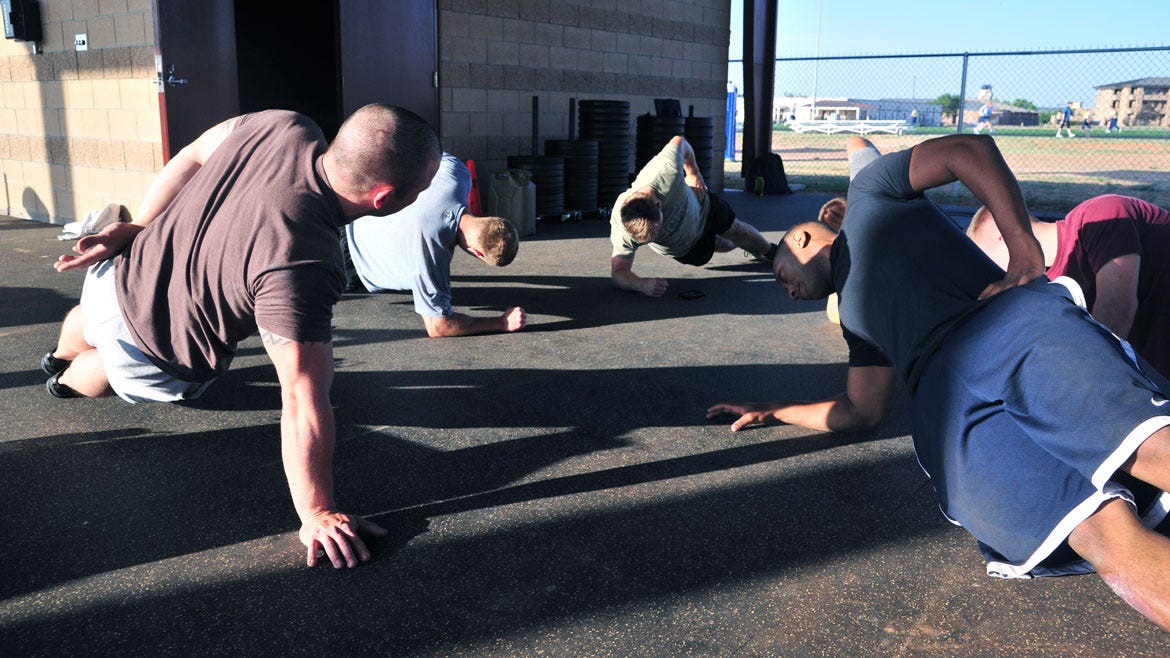
Speed skating, quick maneuverability and maintaining an ability to take direct contact while remaining upright are keys to success on the ice. Good hockey workouts will always target balance and stability to improve these aspects of your game, and strong core workouts will help you achieve this.
Successful training programs will spend a significant amount of time focusing on core strength. A strong core will greatly improve your balance and stability as well as other physical aspects of your game.
Keeping those leg workouts in your hockey workout routine is another way to improve balance and stability. There will be times in a game when you end up gliding on one leg, or other times when your back leg comes off the ice while shooting. Strong legs help support your body in these types of situations.
Sample Exercises: planks, side planks, stability board workouts, squats and leg specific weight training.
Flexibility & Injury Prevention
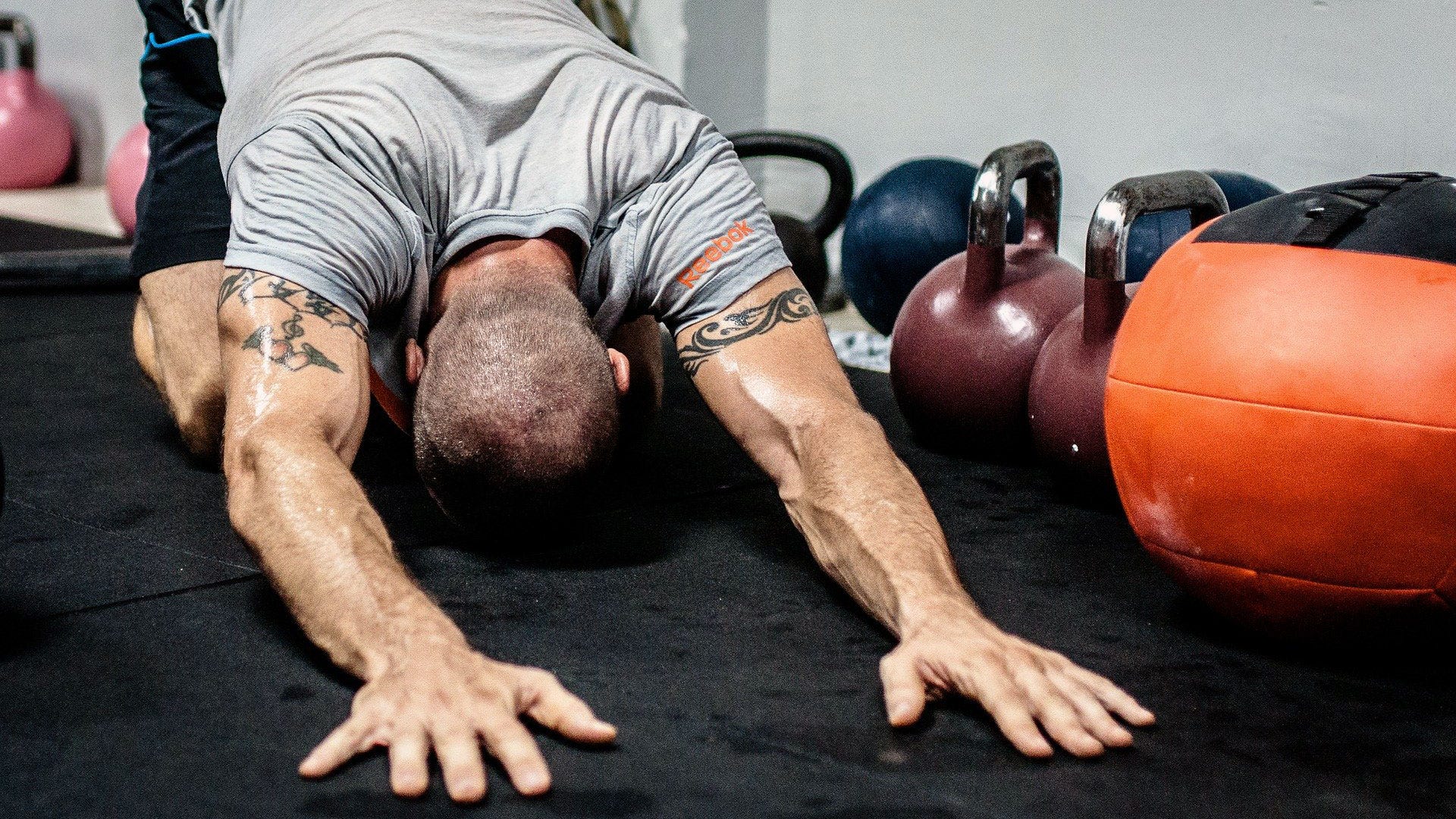
While the goal of every hockey player's workout should be to improve his or her on-ice performance, flexibility, injury prevention and longevity must not be ignored. If you strengthen your muscles without adequately limbering them up, the resulting lack of flexibility could hinder your game when you’re unable to get that extra reach. The ability to react quickly to block shots, move in awkward motions to stay out of harm's way or stuff a rebound back into the net will all be improved with strengthened flexibility.
The same hockey exercises that target flexibility can also help prevent injury. Loosening up your muscles properly before and even during a hockey workout program will go a long way towards preventing injuries that often result from the physical nature of the game.
Besides incorporating regular exercises to enhance flexibility, remember to always include a warm-up routine before workouts, practices and games. Getting your body adequately ready for a workout is an important step and will reduce strains, muscle pulls and other injuries.
Sample Exercises: stretches, yoga and foam rolling.
Role Specific Training
Every position on the ice has different physical requirements, so it's necessary to include at least some position-specific hockey workouts that aim to prepare your body specifically for what you and your position is trying to accomplish on the ice.
Forwards require speed to beat defenders. They also need strong forearms for a snappy wrist shot. Including some extra sprints and targeted strength training can help forwards improve these areas.
In general, defensemen tend to be some of the strongest players on the ice. A hockey weightlifting program can benefit defenders when it comes to winning corner battles, finishing off a check or clearing a forward away from the front of the net. Defenders also spend more time skating backwards, so targeting the leg and core muscles most used when skating backwards is also a must.
Because their role is so different from regular skaters, many goaltenders incorporate more flexibility and agility training into their hockey workouts. Yoga, stretching and basic agility exercises are all vital to keeping a goalie nimble enough to react quickly.
Jump Start Your Training with HockeyMonkey!
For hockey players, training for success means having the right tools and implementing the right routines into your workouts. If you need help finding information or equipment to improve your hockey training routine, visit one of HockeyMonkey's SuperStore locations across the United States. With our huge selection of training equipment in stock and experts on hand to answer all your questions, you’re sure to find just what you need to hone your skills and take your game to the next level. Not near a retail store? Check out our hockey training products online. We’ve got everything you need at HockeyMonkey.






